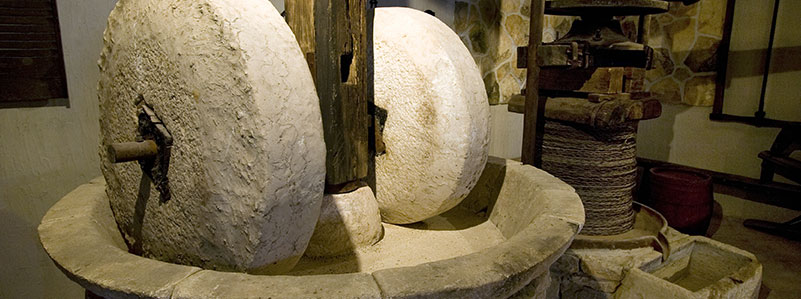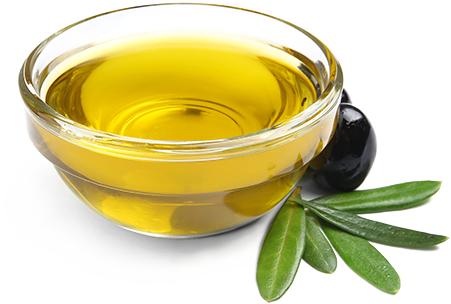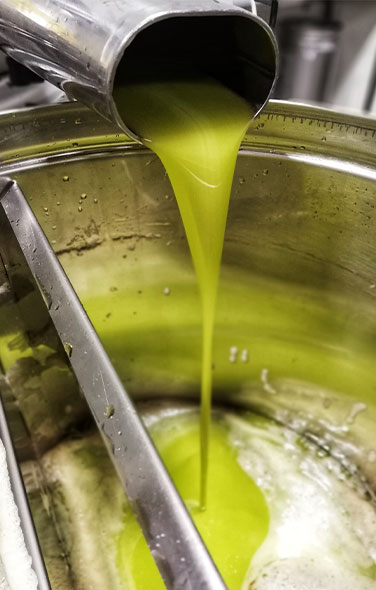At the mill
The mill is the place where the olives meant for oil production are brought, and where all production processes take place. Once washed, the olives are ready for processing which consists in 3 phases: pressing, kneading and extraction.
The pressing is the phase in which the olives are crushed until obtaining a coarse paste that contains peel (epicarp), the pulp (mesocarp) and pits (endocarp) and performs a draining function that facilitates the subsequent separation of the oil from the paste.
The most used pressing methods are currently two: the traditional one, which is characterized by a ‘discontinuous processing cycle’ and the modern one, characterized by a continuous cycle performed by mills (no downtime).
The traditional method, which is gradually disappearing, is based on the use of granite millstones that crush the olives with their weight; the modern method instead uses hammer crushers or rotating discs and has the advantage of quickly crushing a large number of olives, obtaining a more uniform paste and minimizing the damaging contact of the olive paste with oxygen.














